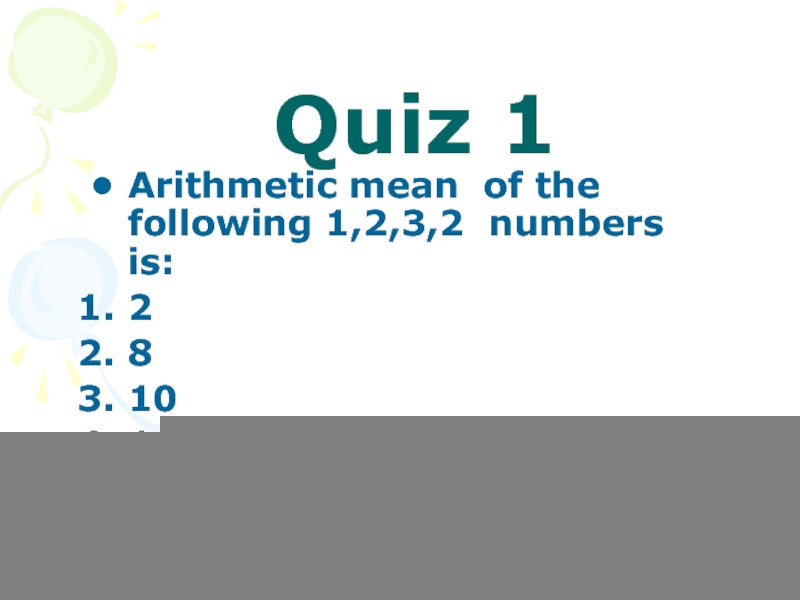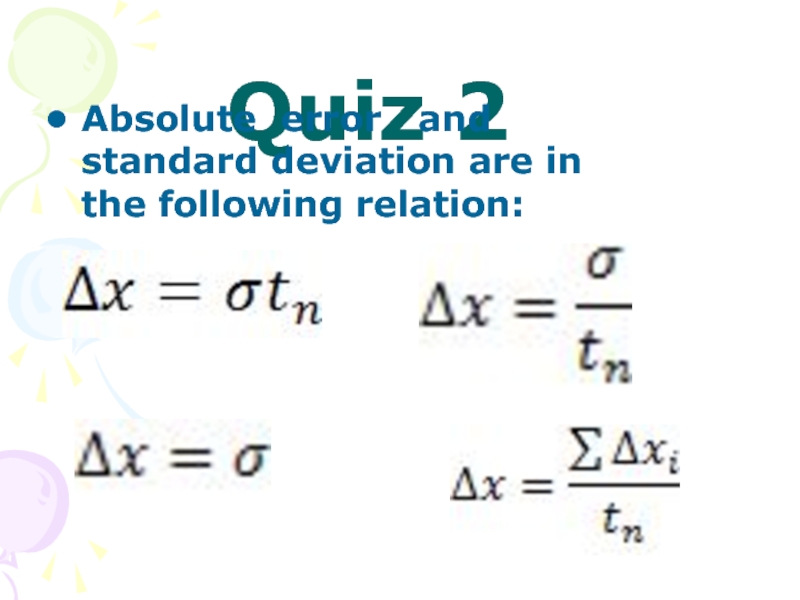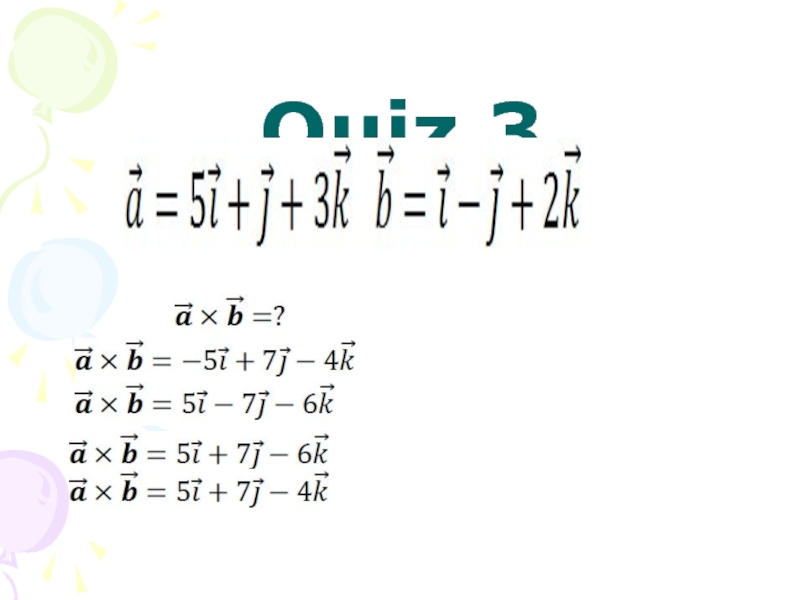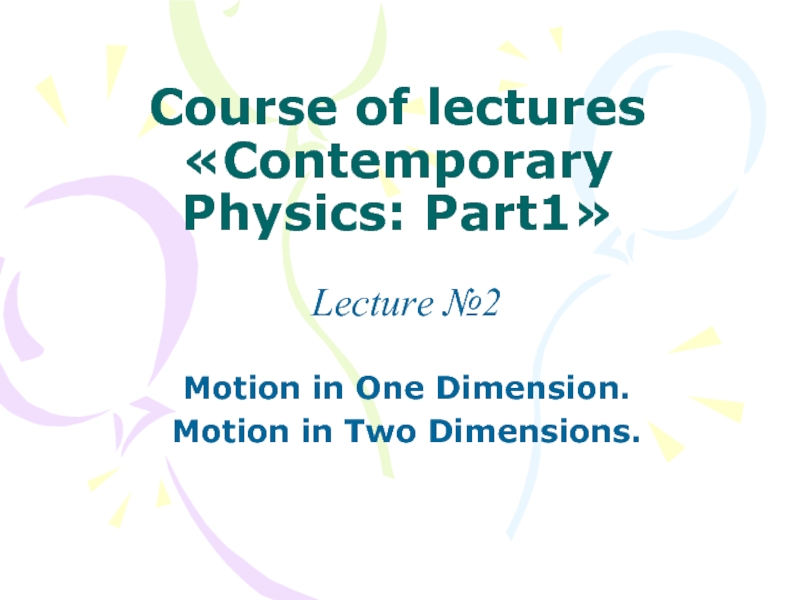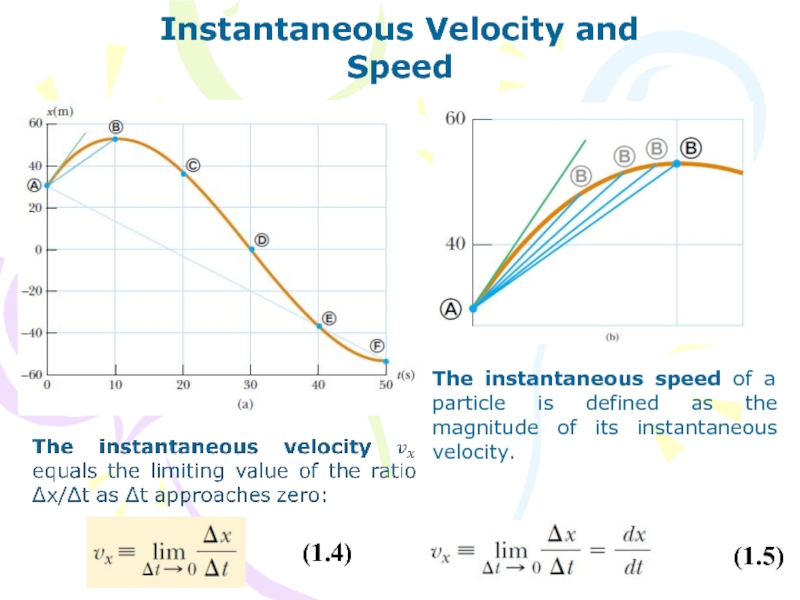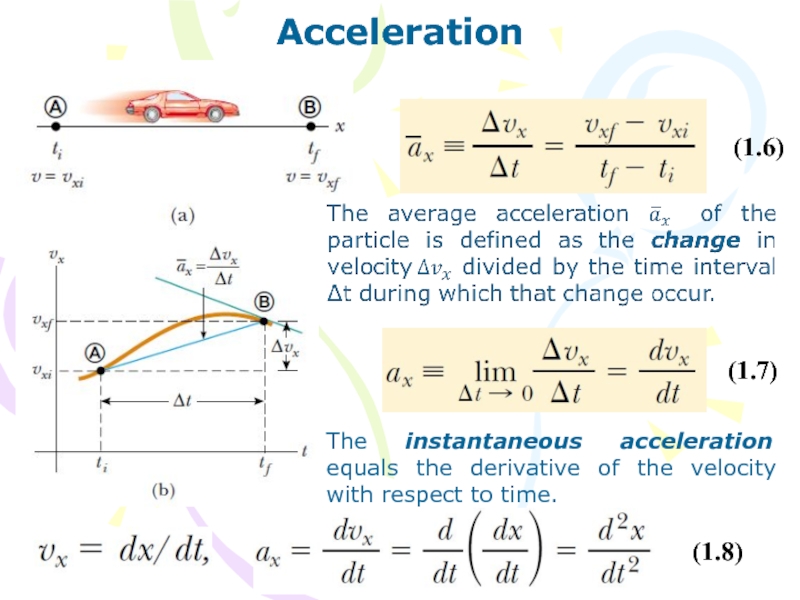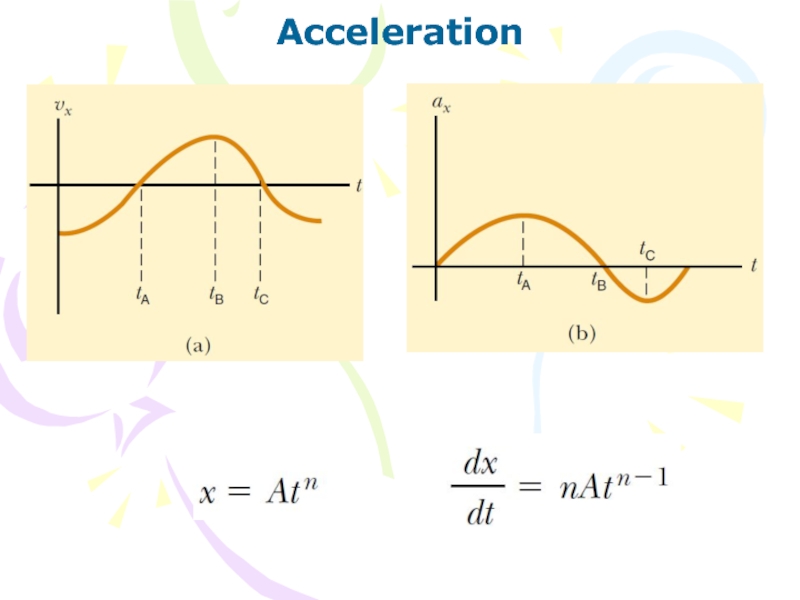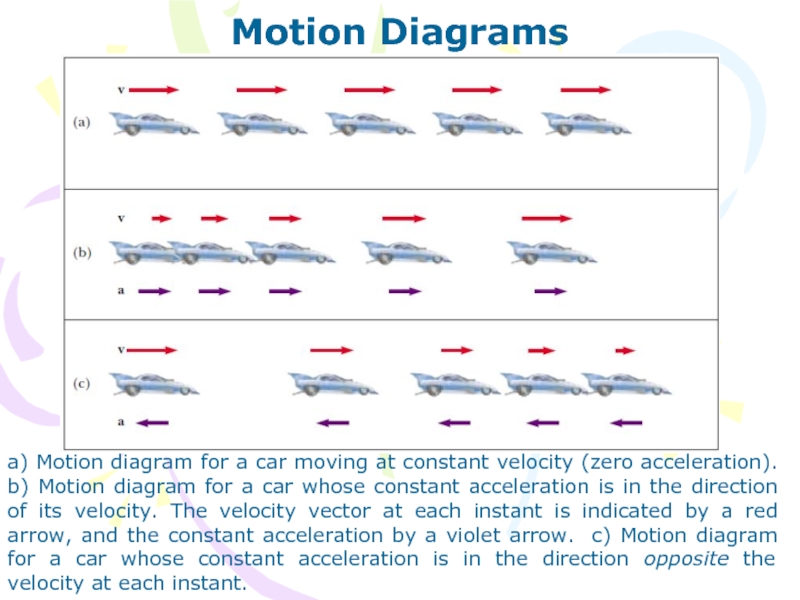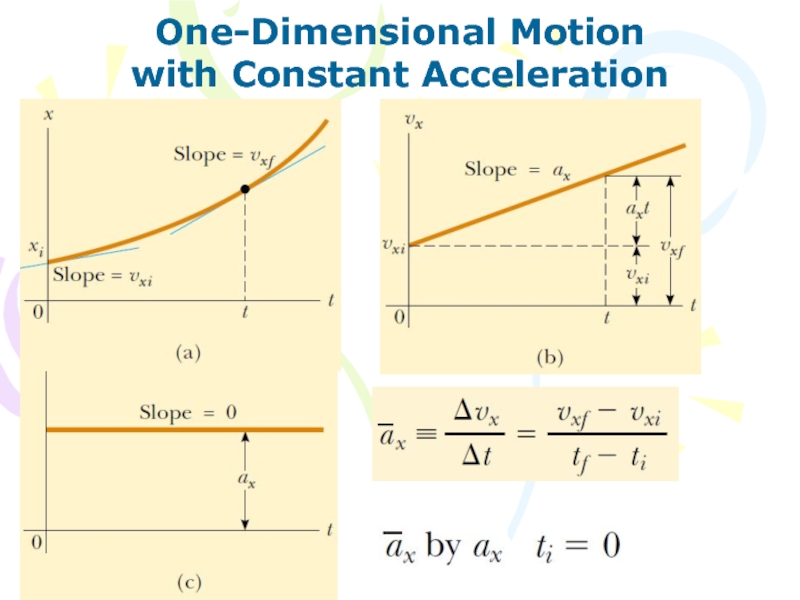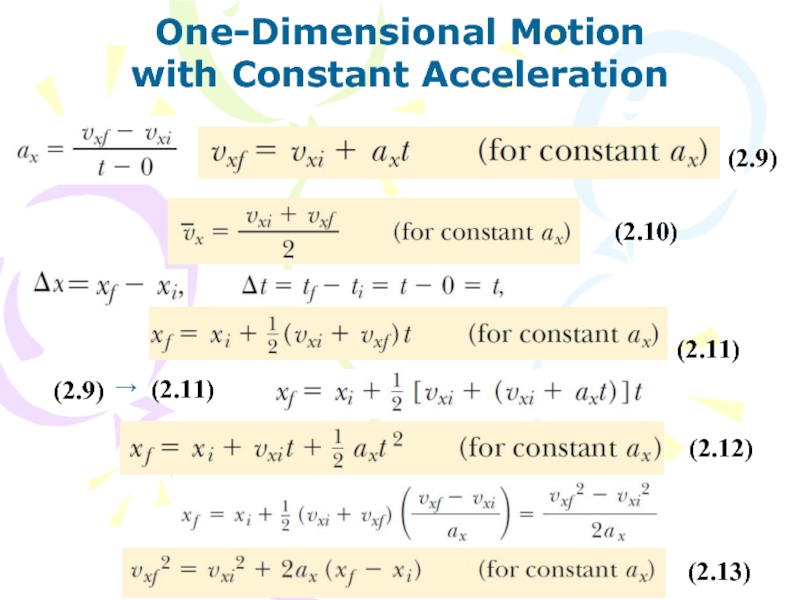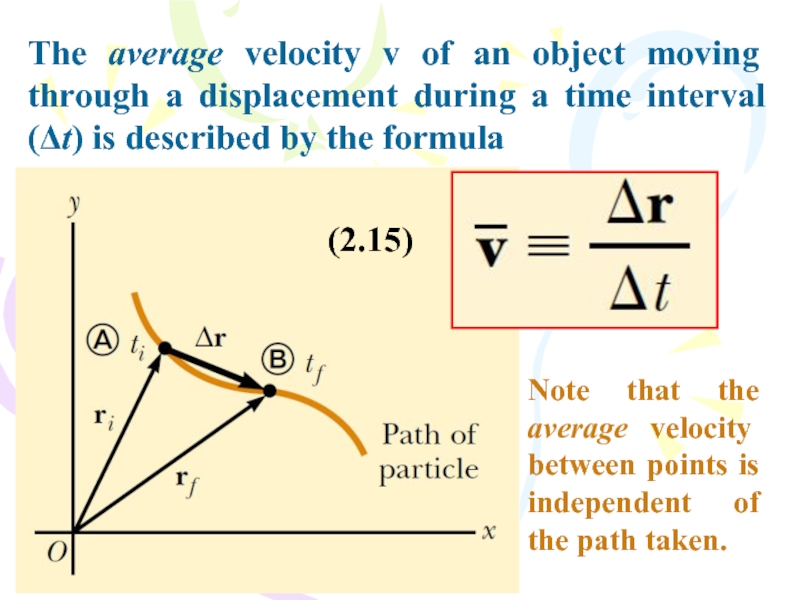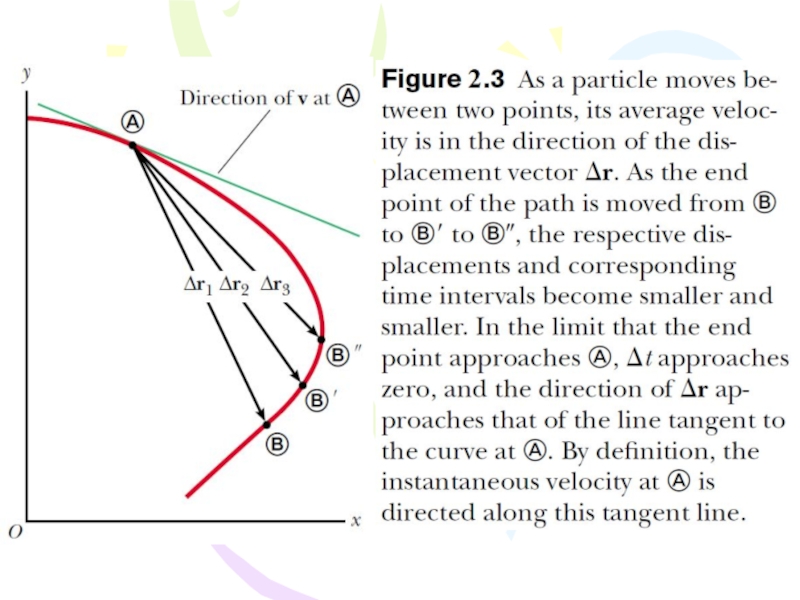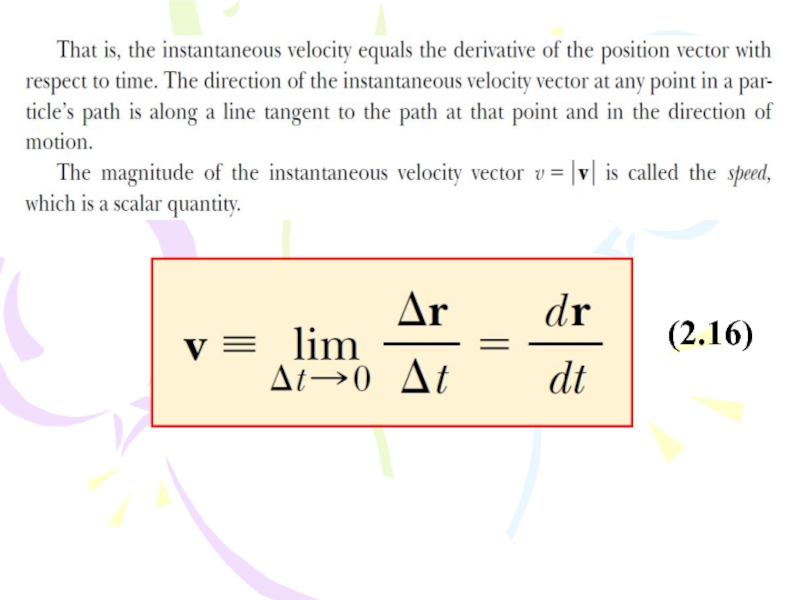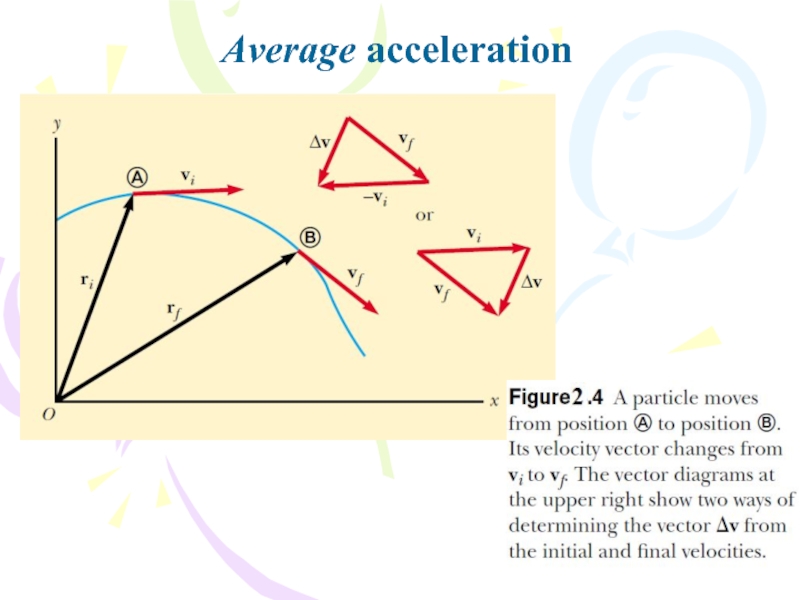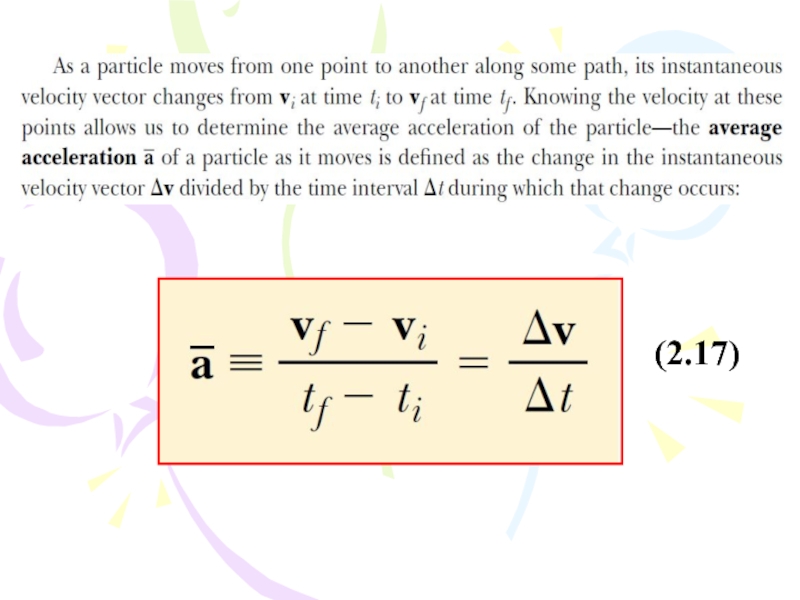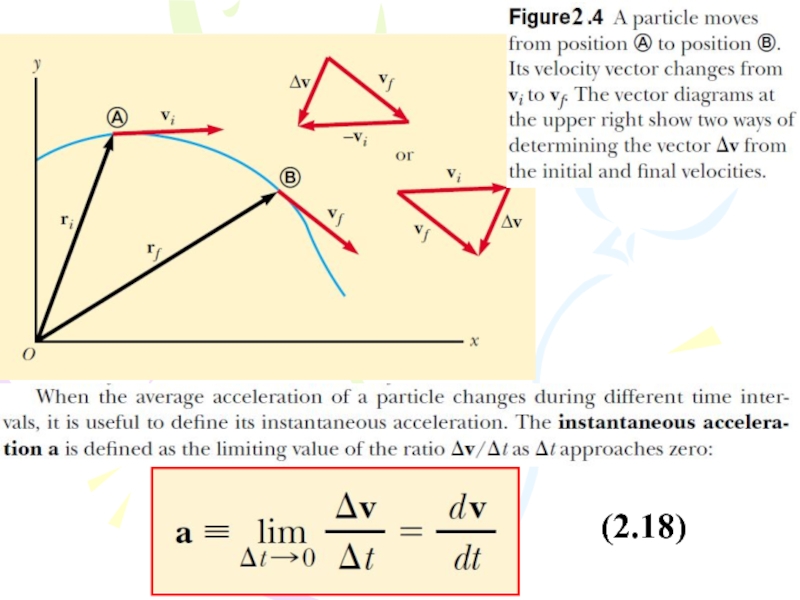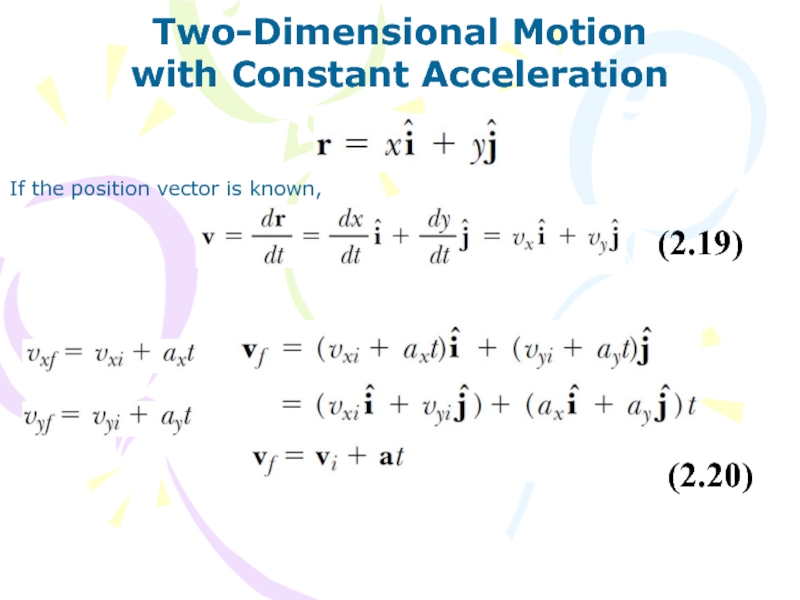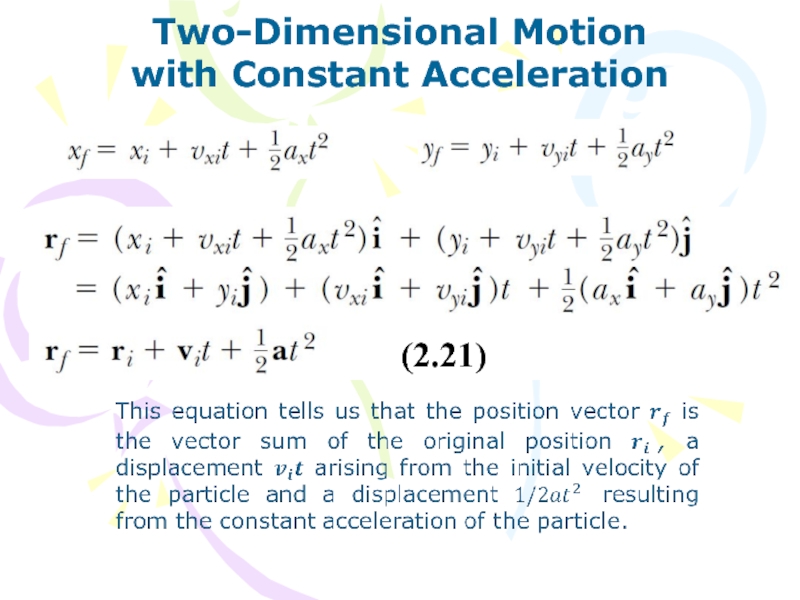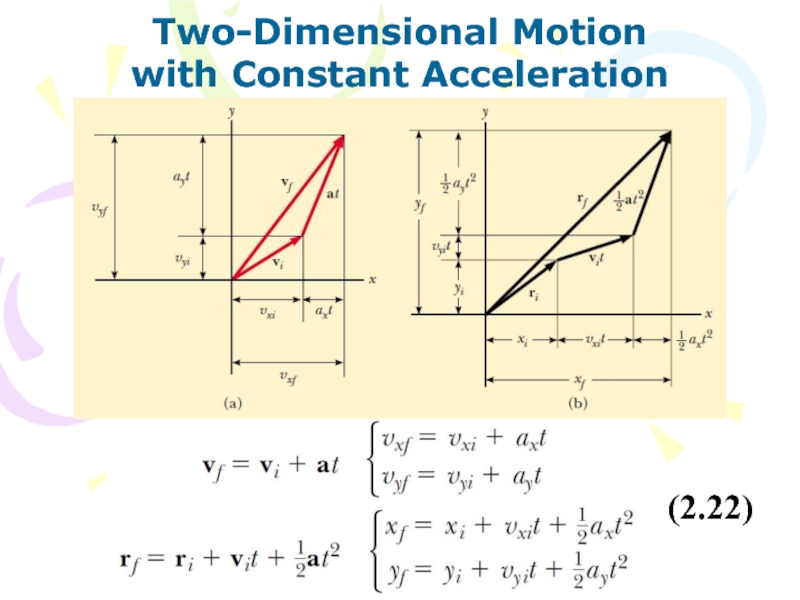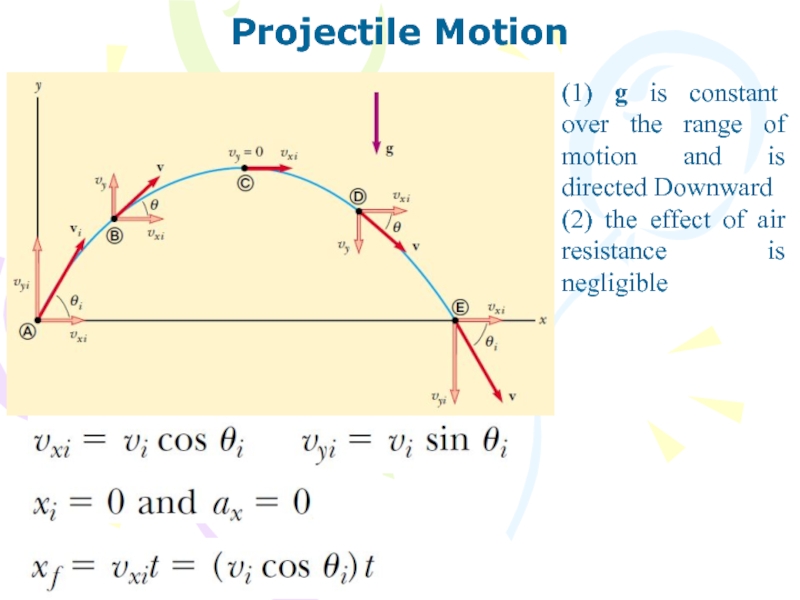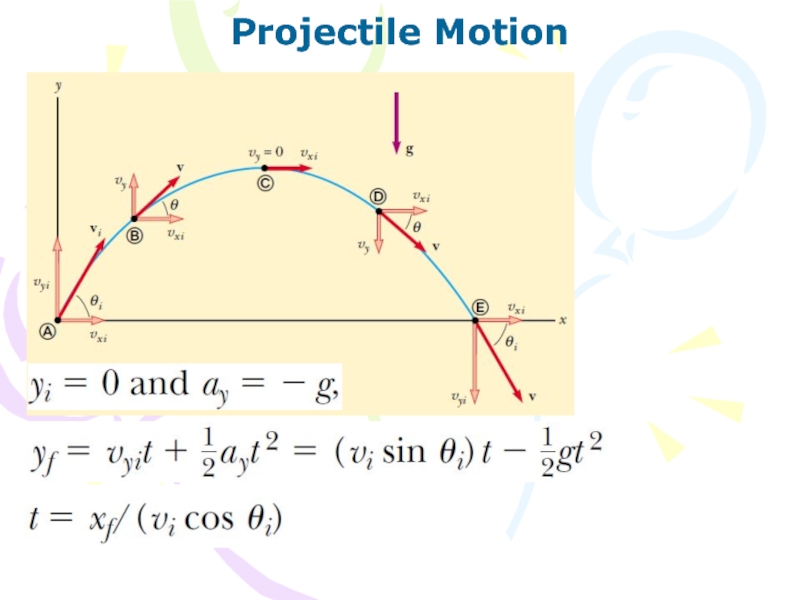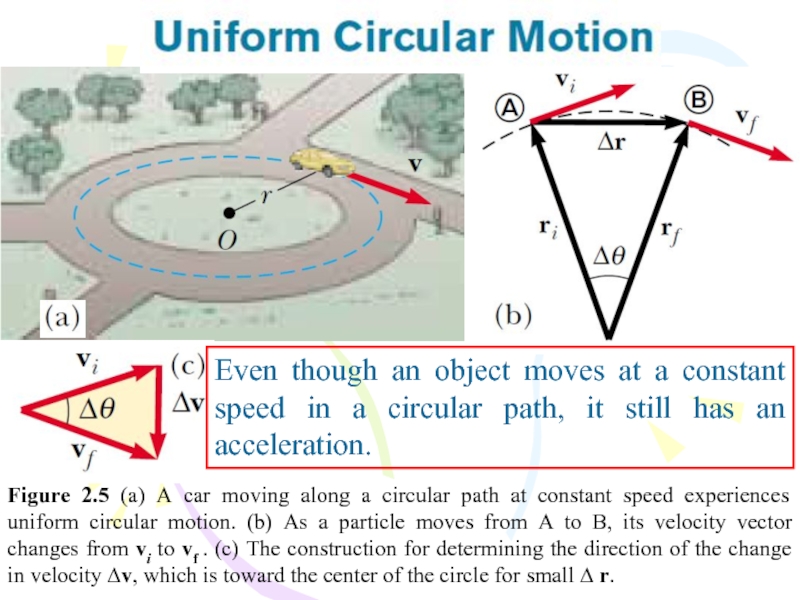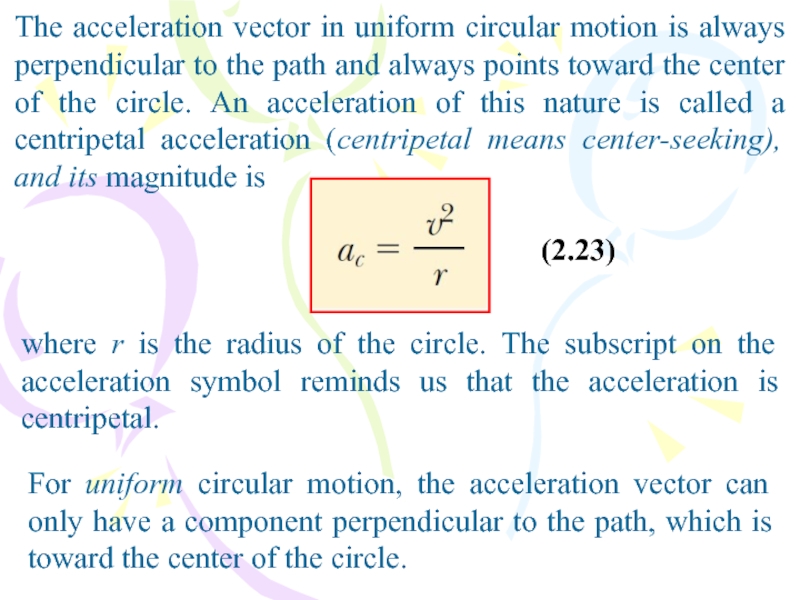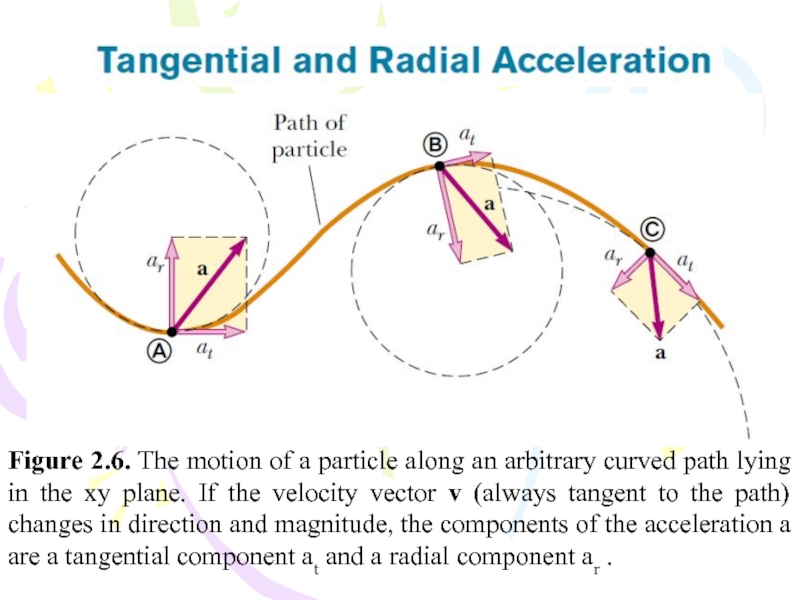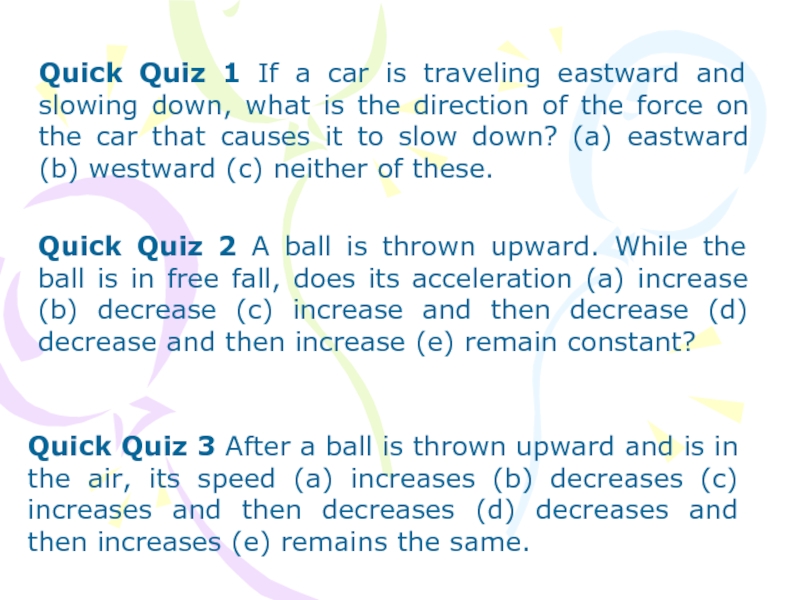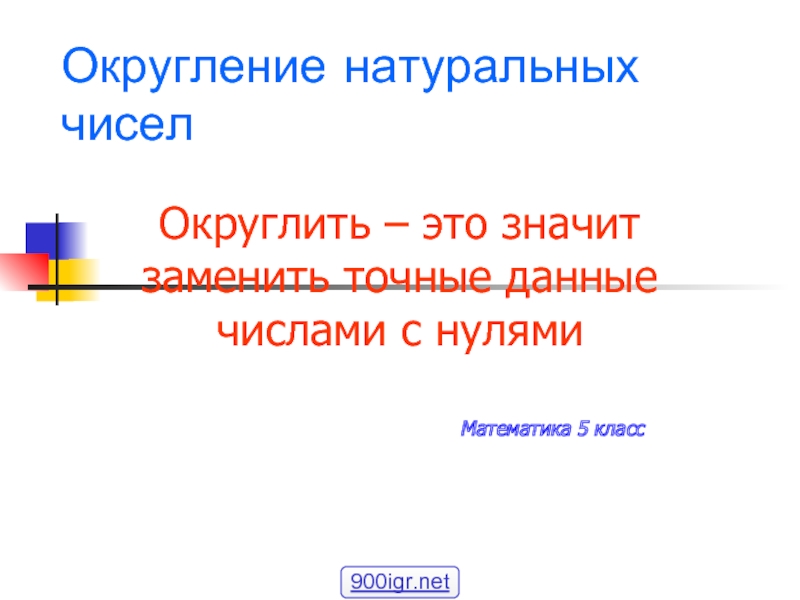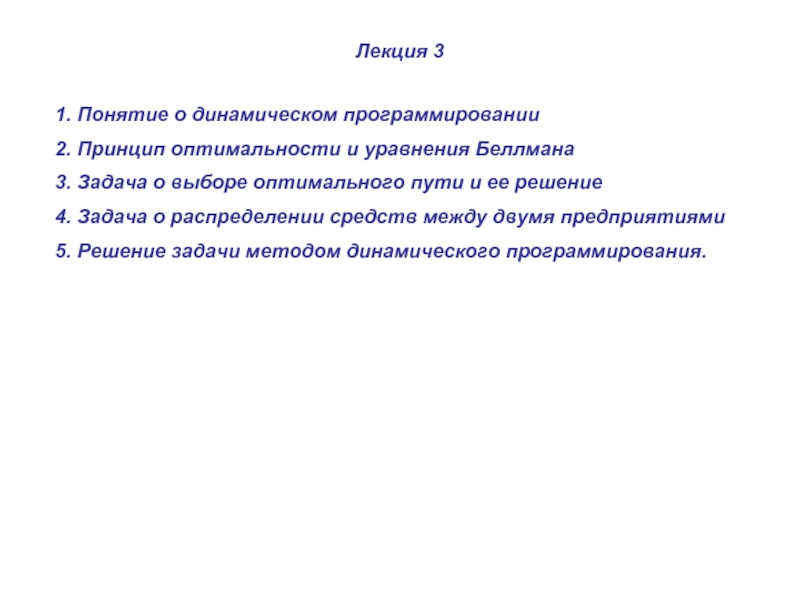- Главная
- Разное
- Дизайн
- Бизнес и предпринимательство
- Аналитика
- Образование
- Развлечения
- Красота и здоровье
- Финансы
- Государство
- Путешествия
- Спорт
- Недвижимость
- Армия
- Графика
- Культурология
- Еда и кулинария
- Лингвистика
- Английский язык
- Астрономия
- Алгебра
- Биология
- География
- Детские презентации
- Информатика
- История
- Литература
- Маркетинг
- Математика
- Медицина
- Менеджмент
- Музыка
- МХК
- Немецкий язык
- ОБЖ
- Обществознание
- Окружающий мир
- Педагогика
- Русский язык
- Технология
- Физика
- Философия
- Химия
- Шаблоны, картинки для презентаций
- Экология
- Экономика
- Юриспруденция
Quiz 1 презентация
Содержание
- 1. Quiz 1
- 2. Quiz 2 Absolute error
- 3. Quiz 3
- 4. Course of lectures «Contemporary Physics: Part1» Lecture
- 5. Position, Velocity, and Speed Kinematics is the
- 6. Position, Velocity, and Speed The displacement of
- 7. Instantaneous Velocity and Speed The instantaneous
- 8. Acceleration (1.6) (1.7) The instantaneous acceleration
- 9. Acceleration
- 10. Motion Diagrams a) Motion diagram for a
- 11. One-Dimensional Motion with Constant Acceleration
- 12. One-Dimensional Motion with Constant Acceleration (2.9) (2.10) (2.11) (2.12) (2.13)
- 13. One-Dimensional Motion with Constant Acceleration
- 14. is a displacement vector (2.14)
- 15. The average velocity v of an object
- 17. (2.16)
- 18. Average acceleration
- 19. (2.17)
- 20. (2.18)
- 21. Two-Dimensional Motion with Constant Acceleration If the position vector is known, (2.19) (2.20)
- 22. Two-Dimensional Motion with Constant Acceleration (2.21)
- 23. Two-Dimensional Motion with Constant Acceleration (2.22)
- 24. Projectile Motion (1) g is constant over
- 25. Projectile Motion
- 26. Projectile Motion The vector expression for the
- 27. Even though an object moves at a
- 28. The acceleration vector in uniform circular motion
- 29. In many situations it is convenient to
- 30. Figure 2.6. The motion of a particle
- 31. The tangential acceleration component causes the change
- 32. Quick Quiz 1 If a car is
Слайд 4Course of lectures «Contemporary Physics: Part1»
Lecture №2
Motion in One Dimension.
Motion in
Слайд 5Position, Velocity, and Speed
Kinematics is the part of classical mechanics, which
The particle model — we describe the moving object as a particle regardless of its size. A particle is a point-like object — that is, an object with mass but having infinitesimal
size.
Слайд 6Position, Velocity, and Speed
The displacement of a particle is defined as
Distance is the length of a path followed by a particle.
The average velocity of a particle is defined as the particle’s displacement Δx divided by the time interval Δt during which that displacement occurs.
The average speed of a particle, a scalar quantity, is defined as the total distance traveled divided by the total time interval required to travel that distance:
(1.1)
(1.2)
(1.3)
Слайд 7Instantaneous Velocity and Speed
The instantaneous speed of a particle is defined
(1.4)
(1.5)
Слайд 8Acceleration
(1.6)
(1.7)
The instantaneous acceleration equals the derivative of the velocity with respect
(1.8)
Слайд 10Motion Diagrams
a) Motion diagram for a car moving at constant velocity
Слайд 15The average velocity v of an object moving through a displacement
(2.15)
Note that the average velocity between points is independent of the path taken.
Слайд 21Two-Dimensional Motion with Constant Acceleration
If the position vector is known,
(2.19)
(2.20)
Слайд 24Projectile Motion
(1) g is constant over the range of motion and
(2) the effect of air resistance is negligible
Слайд 26Projectile Motion
The vector expression for the position vector of the projectile
When analyzing projectile motion, consider it to be the superposition of two motions:
constant-velocity motion in the horizontal direction and
free-fall motion in the vertical direction.
Слайд 27Even though an object moves at a constant speed in a
Figure 2.5 (a) A car moving along a circular path at constant speed experiences uniform circular motion. (b) As a particle moves from A to B, its velocity vector changes from vi to vf . (c) The construction for determining the direction of the change in velocity ∆v, which is toward the center of the circle for small ∆ r.
Слайд 28The acceleration vector in uniform circular motion is always perpendicular to
(2.23)
where r is the radius of the circle. The subscript on the acceleration symbol reminds us that the acceleration is centripetal.
For uniform circular motion, the acceleration vector can only have a component perpendicular to the path, which is toward the center of the circle.
Слайд 29In many situations it is convenient to describe the motion of
(2.24)
Слайд 30Figure 2.6. The motion of a particle along an arbitrary curved
Слайд 31The tangential acceleration component causes the change in the speed of
The radial acceleration component arises from the change in direction of the velocity vector and is given by
where r is the radius of curvature of the path at the point in question.
The total acceleration vector a can be written as the vector sum of the component vectors:
(2.27)
(2.26)
(2.25)
Слайд 32Quick Quiz 1 If a car is traveling eastward and slowing
Quick Quiz 2 A ball is thrown upward. While the ball is in free fall, does its acceleration (a) increase (b) decrease (c) increase and then decrease (d) decrease and then increase (e) remain constant?
Quick Quiz 3 After a ball is thrown upward and is in the air, its speed (a) increases (b) decreases (c) increases and then decreases (d) decreases and then increases (e) remains the same.
